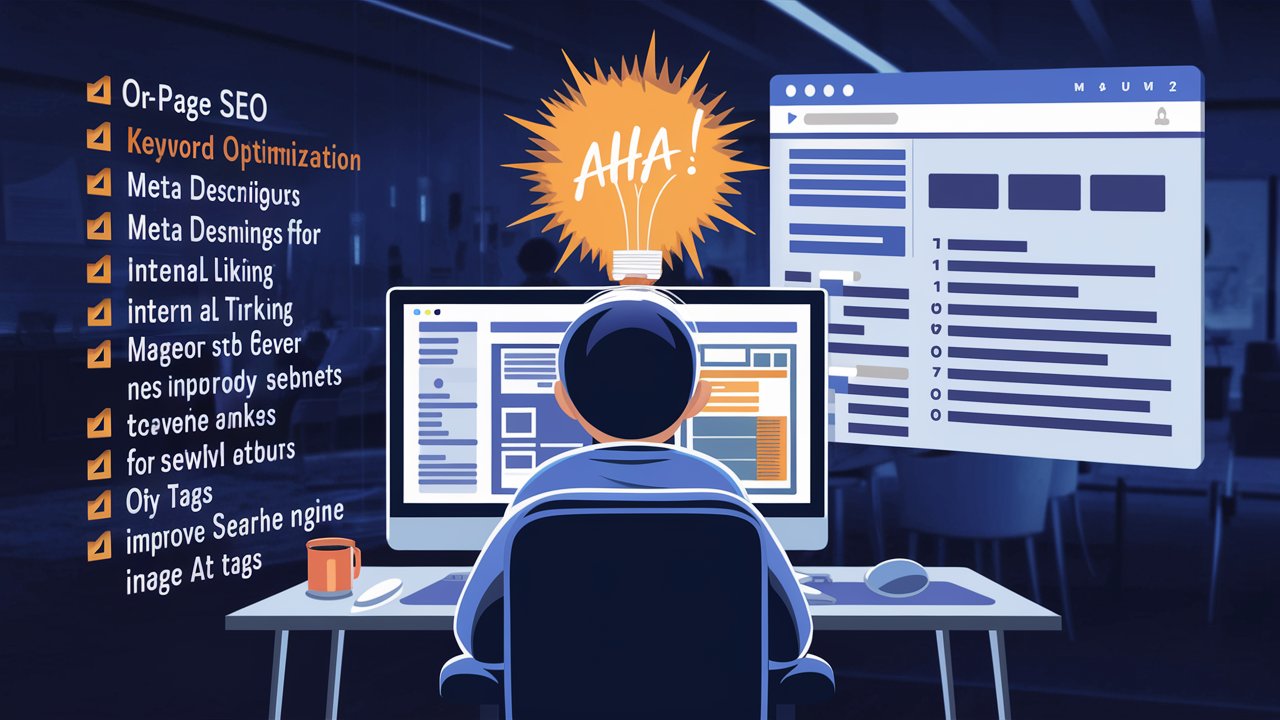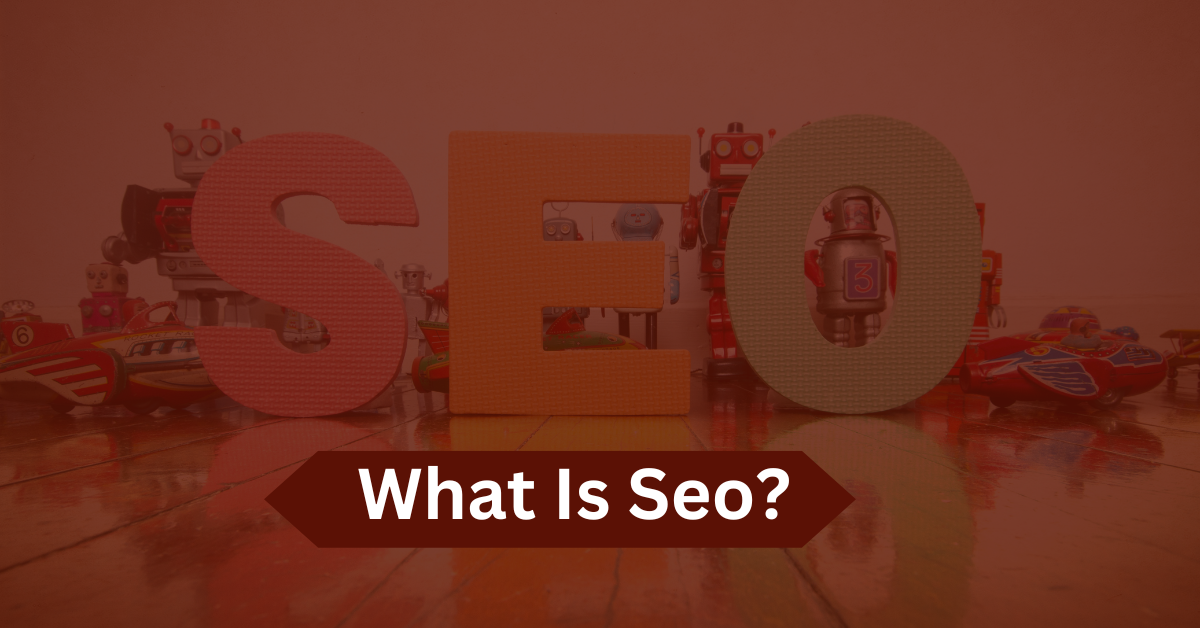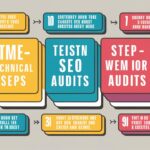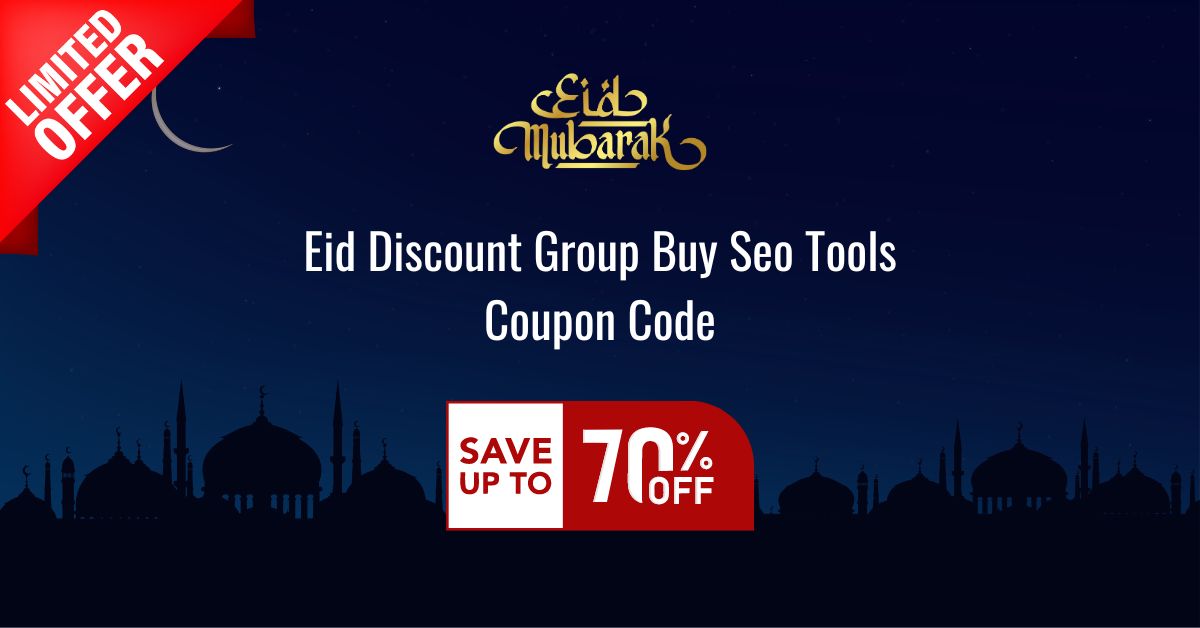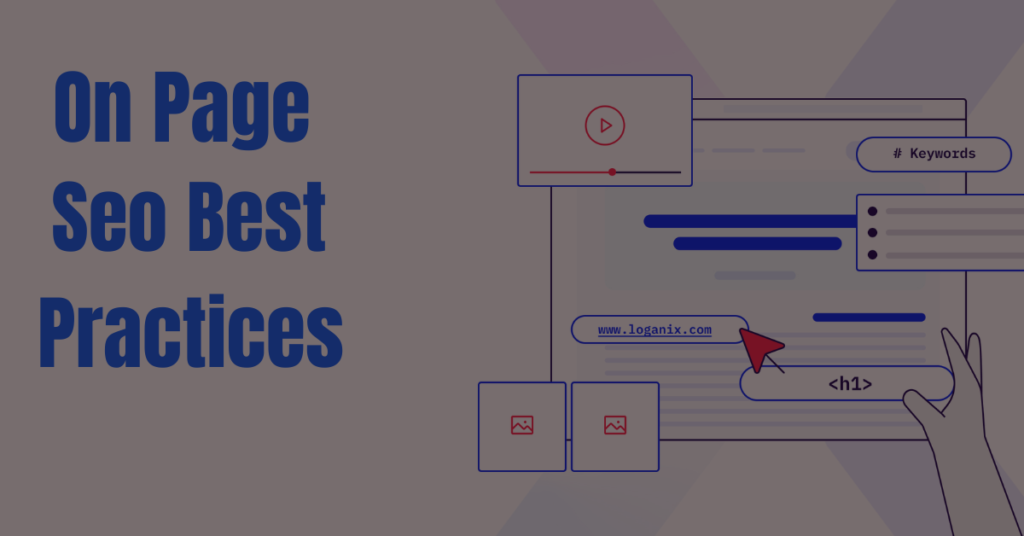
You’ve heard of “on page Seo” thrown all over the world of digital marketing but what does it really mean? What’s the most important thing is what you can do to boost your website’s appearance in the results of the Google web search? No worries, we’ve provided you with the answers. In this guide for beginners we’ll go through the necessary on-page SEO practices, step by step. From improving the quality of title tags to enhancing website architecture, we’ll go over useful tips for improving your website’s chances of ranking. No matter if you’re just beginning to learn about SEO or just want to refresh your knowledge in the fundamentals, discover the basics of SEO and begin increasing your visibility in search. Grab a cup of coffee, and let’s get started the best SEO practices on page for novices!
What is on Page SEO?
On-page SEO is the method of improving websites in order to become more prominent on search engines like Google. This can include optimizing your website’s information, HTML tags, page speed, internal linking and many more. The aim is making your site more “search engine-friendly” as possible.
Page Content
Your page’s content is the primary SEO-related factor on the page. Include your desired keyword in your page’s title the URL, headings, as well as in the content. But, be careful not to go overboard so that you may affect your search engine rankings. You should aim for 2-3% keyword density. Make your content easily scannable by using bullet points, lists with numbers or bold texts.
Page HTML Tags
Make use of HTML tags to inform the search engines what your website is about. The title tag of your page as well as the meta description of your page are particularly crucial. The title tag should be limited to 70 characters, and the meta description should be the maximum of 155 characters. Include your keyword of choice in both, and the title tag containing your keyword at the beginning of the.
Internal Linking
Hyperlink to additional pages of your website. This allows search engines to discover the other pages on your site and also understand the relationships between your topics within your website. Be sure to use anchor texts that are keyword-rich for linking other sites. However, don’t over-optimize the anchor text as it is unnatural.
Page Load Speed
Speed at which pages load could affect the search results and your user experience. Improve your image quality, utilize an online content delivery service to reduce redirects, turn off compression, and tidy up your code. The most important thing is to make sure you test your site’s speed regularly and make adjustments to ensure your pages load at the speed you want them to.
If you implement the proper SEO on-page optimizations, you’ll be well on the path to ranking higher on search engines, and also gaining more organic traffic. Remember, SEO is an ongoing process. Continue improving your website and pages as time goes by to maintain and increase your ranking.
Optimize Title Tags and Meta Descriptions
Meta descriptions and title tags are crucial for SEO on-page. Title tags are the headline that users click on for your site’s page in the results of a search engine So, make it interesting! Make sure it’s under 70 characters, and include your desired keyword. For instance, “The Beginner’s Guide to On-Page SEO: Tips and Tricks to Rank Higher.”
Meta Description a brief section of text that appears below the title that appears in the search results.It is your pitch to the market to your customers, so make sure you write a captivating description that incorporates your targeted keyword, and is less than the 165 character limit. For instance, “Learn the essential on-page SEO techniques to optimize your website content and rank higher in Google search results.”
Focus on Your Headings
Use headings to separate your content into logical segments. Begin using an H1 title, followed by H2s for the main sections, H3s to define subsections etc. Include your keyword in both the head of H1 or H2. Bold important keywords for extra emphasis.
Include Your Keyword in the First Paragraph
In the first sentence, you have your prime real property. Use your keyword at least twice in the first paragraph, and then repeat it at least a couple of times throughout the text. Be cautious not to overdo it otherwise, it will appear as spam. Try to achieve 1-2% keyword density.
Use Transition Words
Words that transition like “Furthermore,” “In addition,” and “Moreover” help create flow and link concepts. They can help make your writing look professional and assist readers in understanding the main areas.
Include Images and Captions
Images break up long blocks of text and help to engage readers. Include images that highlight your most important points, and then optimize the text by using alt text that contains your keyword. Images with captions also provide an opportunity to reinforce your key word.
By optimizing your titles and headings, content, images and transition words, your SEO on the page will be in top condition. Now, you can get started and begin optimizing your website to get more people on board!
Improve URL Structure and Internal Linking
Your URLs for your pages and internal links act as the map for the search engines, directing users to relevant information on your website. It’s easy for Google to locate the information it’s searching for by incorporating keywords into your URLs, and linking to relevant pages.
Use Keywords in Your URLs
When creating a new page on your site, choose a URL that includes your target keyword, like “/seo-tips-for-beginners/”. This will help search engines comprehend what the page’s content is. Try to place your keyword near the beginning of your URL is possible. URLs that are brief simple, easy to read, and keyword-rich tend to be more prominent in search results.
Link to Related Content
Internal links transfer “link juice” between the pages of your website So, make sure you link to relevant content to the subject. Do not link to generically your homepage or site map. Instead, make links to other blog articles or product pages that cover similar or similar topics. For instance when you are on your SEO Tips page you could hyperlink to other articles such as “10 On-Page Optimization Techniques” or “How to Choose the Right Keywords”. The integrated linking structure informs Google that the content you are presenting is of high quality and is related.
Make use of Anchor Text with keywords
The words you use for linking to a webpage are vital. Instead of just connecting with “click here”, use your targeted keyword for anchor text. This helps search engines determine what the page that you’re linking to. For instance in place of “read more”, use “SEO tips for intermediate users”.
Making sure your links are optimized is among the most powerful SEO techniques on the web. When you use the keywords you want to use in your URLs as well as linking to content that is closely related and using anchor text that is keyword rich text, you’ll provide search engines the direction they need to fully comprehend your website. The work you put into your internal links will pay off in better positions and more relevant organic traffic.
Optimize Images and Alt Text
Images play an essential part in SEO on the page. Be sure that any images you upload are optimized, with an informative alt texts, a concise file name, and a compression.
Add Alt Text to Images
Alt text is a text file that appears instead of the image if it’s not loading due to reasons of any kind. It is also utilized for screen reader users to provide descriptions of the images for visually impaired viewers. Make sure you compose alt text that precisely and succinctly describes your image. For example, if have a photo of a dog, you can use alt text that reads like “A brown dog sitting in the grass.”
Choose Clear File Names
Name your images with names that are logical and are relevant to the content. For instance, you could give the image of an animal “brown-dog.jpg” rather than “img123.jpg”. Names for files that are clear, coupled with alt texts, will help search engines recognize your images.
Compress Large Images
Larger image files can take longer time to load and can affect the speed of your site. Reduce any images that are too large to shrink their size prior to uploading them. You can utilize a no-cost software such as TinyPNG and Kraken.io for compressing your photos. Make sure that your images are smaller than 1MB whenever you can.
Use Images Sparingly
Images are essential for SEO and engagement do not overcrowd your website with excessive images. As a guideline, add one image per 200-300 lines of text. Make sure the images you choose to include are of high-quality and relevant to the subject. Don’t simply add images as filler.
Optimizing your images will help search engines and users know the content and subject of your site. Make the tiny amount of effort to create good alt text, use clear names for your files, compress large images and utilize images with care. Readers will love your search engine optimization.
Write Strategic Headings and Content
The headings and the content that you add to your website are essential for on-page SEO. Your headings or HTML tags, like through Outline the subject and subtopics of your website. These headings are used by search engines to understand what your website is about. Craft Compelling Tags Your tag is one of the most important tag, since it informs search engines about the primary subject of your site. Create your tag should be a concise, compelling description of the content that the article covers. For instance, if you’re writing about the most recent SEO strategies, make your
Could include “The 10 Latest SEO Best Practices You Should Know.”
Include Relevant Keywords in Headings
Use keywords and phrases relevant to your topic and that people are searching for. The headings are an essential element of a page’s ability to rank well in the search engine, and they should to be able to connect with your intended users and the language they are using.
Use Transition Words
Use transition words such as “Furthermore,” “In addition,” and “Moreover” to create logical connections between your content. Search engines seek content that flows seamlessly between one subject into the following. Transition words can make these connections clear to both search engines as well as readers.
With captivating headlines, logical content structure with strategic keywords and the use of transition words, you can create an SEO-optimized on-page page. Continue to improve your SEO and your ranking will improve with time!
Conclusion
Here’s the deal A beginner’s guide SEO on-page best practices. By enhancing your headings, meta descriptions images alt text content, as well as your site structure, you can dramatically increase your rankings in search engines and traffic. Do not try to do everything in one go. Begin by taking it step-by-step and focus on one aspect at one time. Check in while you go to check what’s effective. Remember – SEO is a continuous process. Always improve and optimize your website as time goes by. With a little effort, study and trial-and-error, you’ll soon be on the path towards SEO success and increased exposure. Get out there and begin applying the knowledge you’ve gained! You’ve have this.

I have been in the SEO industry for more than 9 years, with skills and attitude that are geared towards improving the online presence of your website on search engines such as Google and Bing. Currently, I am Margaret Dalton digital working as a Lead Analyst in a Fortune 50 company, and at the same time, I was working as a successful SEO Freelancer to help websites of any sizes to get on top of the search engines.
